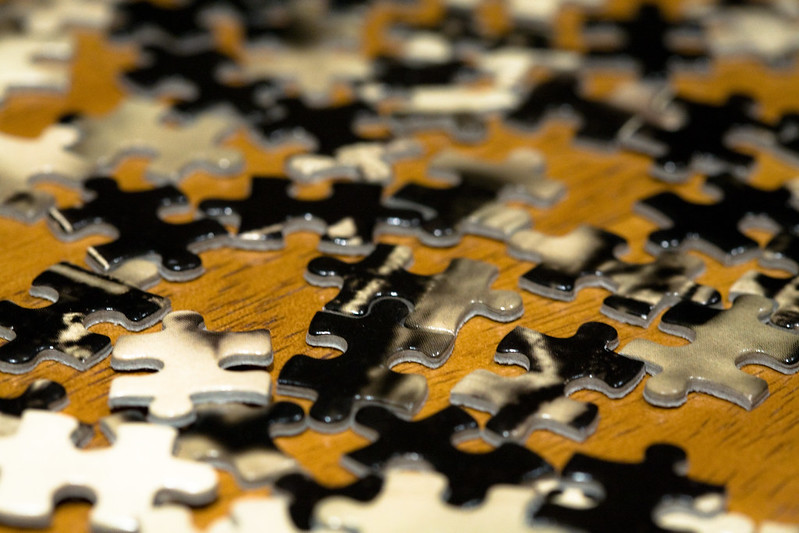While many of us staying home these days have our pick of shows and movies to watch, a lot of us would also like to be doing something with some of our extra free time.
Hence the surge in popularity for jigsaw puzzles.
I mean, if you’re going to be hanging around the house anyway, why not invest some of that time in this quiet but often rewarding pursuit?
The original jigsaw puzzle was intended to be educational.
In the 1760s, mapmaker John Spilsbury attached a map of Europe to a thin piece of wood and used a scroll saw to cut out each country as an individual piece.
Spilsbury called them “dissected maps”; it wasn’t until later that puzzle makers expanded to non-geographic themes, like art and literature.
The term jigsaw puzzle came along in the 19th century, and it wasn’t until the 20th century that game company Parker Brothers added the idea of interlocking pieces, originally cut by hand.
Today’s puzzles are usually made of cardboard rather than wood, and while the puzzle designs are still usually drawn by hand, they’re cut by machine.
Supply is limited now, but if you can get a puzzle, enthusiasts say start with one that’s manageable in size and features a lot of details, so you can find your way through.
Then you can work your way up to the puzzle with more than 50,000 pieces – or the one that has no design, just a single color.
That’ll give you plenty to puzzle over.
If you’re missing being out and around other people, maybe this will cheer you up.
Ten years ago today in Ottawa, Ontario, Canada, a group of 10,554 people set the world record for the largest group hug.
Maybe next May we can try to break that record – start practicing your technique!
Here’s How Those Hot Jigsaw Puzzles Are Made (New York Times)
Piecing together the history of jigsaw puzzles (CBS News)
Ottawa sets the world’s record for largest group hug (Guinness World Records)
Sending virtual hugs to our backers on Patreon. Join us today!
Jigsaw puzzle photo by Liza via Flickr/Creative Commons

